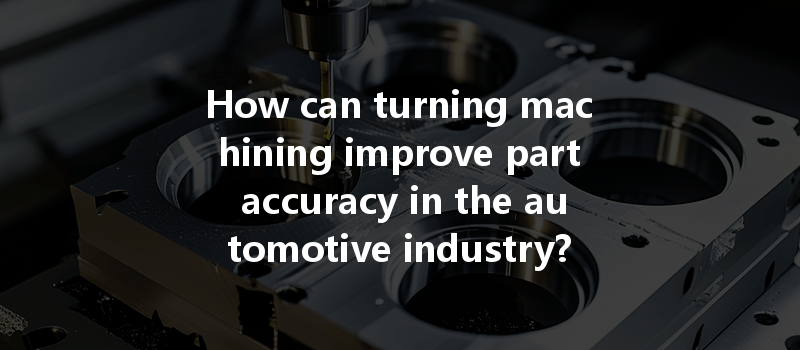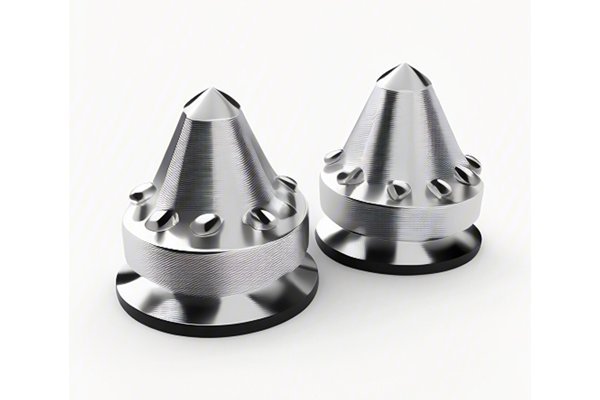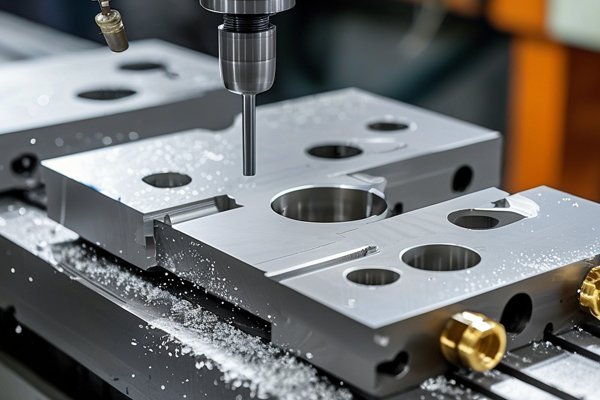In the fast-paced world of automotive manufacturing, precision is not just a luxury; it’s a necessity. Did you know that the automotive industry loses over $1.5 billion annually due to part inaccuracies? This staggering figure underscores the critical importance of precision in manufacturing processes, particularly turning machining, which is instrumental in the creation of high-quality automotive components.
In this extensive blog, we will delve deep into the world of turning machining and its vital role in enhancing part accuracy in the automotive sector. We’ll explore its techniques, benefits, available technologies, and challenges, and conclude with actionable insights and best practices.
Understanding Turning Machining
What is Turning Machining?
Turning machining is a subtractive manufacturing process wherein a workpiece is rotated against a cutting tool to produce cylindrical parts. This method can create intricate and precise geometries that are integral to many automotive components such as axles, shafts, and gears.
The Importance of Precision in Automotive Manufacturing
Precision in automotive manufacturing is essential for ensuring the safety, efficiency, and performance of vehicles. Components must fit together seamlessly to prevent failures and maintain the integrity of the vehicle. A minor error in measurement can lead to malfunctions, increased friction, or worse – catastrophic failures.
The challenge is not only creating the parts but also ensuring they meet stringent tolerances set by manufacturers. Turning machining provides the capability to achieve these tolerances while accommodating a variety of materials used in automotive engineering, including steel, aluminum, and composite materials.
Exploring the Benefits of Turning Machining for Automotive Parts
Turning machining is renowned for its ability to achieve high precision. With advancements in computer numerical control (CNC) technology, the turning process can produce parts with tolerances within ±0.001 inches or better. This level of accuracy is vital for components such as valve seats, bearings, and transmission components, which require exacting specifications to function correctly.
One of the significant advantages of turning machining is its versatility. It can work with various materials, including metals, plastics, and composites. In the automotive industry, the ability to switch between materials without altering the machining process simplifies the manufacturing workflow, allowing for innovations in design and functionality.
Turning machining often involves a single setup for multiple operations, which reduces production time significantly. This streamlined process is essential for automotive manufacturers who aim to optimize production efficiency while meeting tight deadlines.
Although the initial investment in machinery and technology can be high, the long-term cost savings achieved through reduced scrap rates, shorter production times, and enhanced part accuracy make turning machining a financially viable option for automotive manufacturers.
Surface finish quality is another critical factor in the automotive sector. A smooth surface finish not only improves the aesthetic appeal of parts but also enhances their functionality by reducing friction and wear. Turning machining techniques can achieve surface finishes as low as 0.8µm, crucial for automotive applications such as pistons and cylinder heads.
Overcoming Challenges in Turning Machining
While turning machining offers numerous advantages, it also comes with its fair share of challenges that manufacturers must navigate.
One of the most common challenges in turning machining is tool wear, which affects precision and results in the generation of scrap. To combat this, manufacturers must invest in quality cutting tools made from high-performance materials, such as carbide or cobalt alloys, and implement regular maintenance checks.
CNC turning machines can be susceptible to vibration, leading to decreased accuracy. Employing advanced vibration damping techniques, optimizing machine setup, and selecting suitable workpiece supports can mitigate this challenge. This ensures that turning operations yield precise results.
Turning processes can generate significant heat, which, if not controlled, can lead to thermal distortion of the workpiece, affecting accuracy. Incorporating effective cooling systems and selecting optimal cutting parameters can reduce heat generation and improve overall part quality.
As automotive designs become more complex, turning machining processes must adapt accordingly. Designing fixtures and jigs that accommodate the varied geometries of modern components is crucial to maintaining accuracy.
Strategies for Achieving Improved Accuracy with Turning Machining

Investing in the latest CNC technology gives manufacturers the edge in accuracy and efficiency. These systems offer programmable features that enable operators to fine-tune machining parameters and maintain consistently high-quality outputs across various production runs.
Regular calibration of CNC machines and the use of high-precision measurement tools, such as laser scanning and coordinate measuring machines (CMM), ensure that parts meet the requisite tolerances and specifications.
Implementing real-time monitoring of the turning process allows for immediate detection of deviations from specs. Utilizing sensors and software helps manufacturers identify issues before they lead to significant failures, significantly enhancing overall safety and efficiency.
Well-trained machinists are essential for implementing high-accuracy machining. Investing in employee training to understand machine operations, equipment maintenance, and quality checks can dramatically improve part accuracy in a production environment.
Techniques such as high-speed machining (HSM) offer significant benefits for automotive component production. By utilizing higher cutting speeds and optimized tool paths, manufacturers can achieve better surface finishes and reduce cycle times, enhancing overall efficiency.
Real-World Applications of Turning Machining in the Automotive Industry
Example 1: Precision Shafts
In the automotive industry, precision shafts must meet stringent tolerances for effective engine performance. Turning machining allows for the creation of shafts with excellent roundness and straightness, critical for their operation.
Example 2: Gear Production
Gears are fundamental components of nearly every vehicle. Using turning machining alongside other methods, such as hobbing, manufacturers can produce gears that meet specific design requirements, ensuring optimal functionality within the drivetrain.
Example 3: Cylinder Heads
Turning machining is also used in manufacturing cylinder heads, where the surface finish and accuracy are paramount. The versatility of turning centers makes them ideal for quickly adapting to design changes while maintaining high quality.
Future Trends in Turning Machining
As technology continues to evolve, the future of turning machining in the automotive industry looks promising. Industry trends point towards:
The adoption of automation will streamline manufacturing processes, improving accuracy and reducing the need for manual intervention.
Incorporating AI and machine learning into turning processes will lead to more adaptive machining operations, enabling manufacturers to predict and respond to issues before they arise, resulting in enhanced precision.
With environmental concerns in focus, future turning machining techniques will lean toward sustainable practices, including using biodegradable cutting fluids and minimizing waste generation.
Turning machining plays an integral role in enhancing part accuracy within the automotive industry. By employing advanced technology, embracing best practices, and maintaining a focus on continuous improvement, manufacturers can achieve exceptional precision in their component production.
In this blog, we’ve explored how turning machining drives efficiency, enhances quality, and provides a competitive edge in an ever-evolving market landscape. For automotive manufacturers, investing in high-precision turning processes is not just beneficial; it’s essential for maintaining excellence and achieving sustainable growth.
As the automotive industry continues to innovate, remembering the importance of accuracy and precision in manufacturing will prove invaluable. Embracing turning machining is not merely a choice; it’s a commitment to quality that will shape the future of automotive engineering.
Related Posts
- How Do Titanium, Brass, and Aluminum CNC Machining Applications Shape Aerospace and Medical Industries?
- What is the difference in tool selection for CNC machining polycarbonate PC vs. transparent acrylic PMMA?
- What are the differences in adaptability between polycarbonate PC and POM plastic CNC machining?






